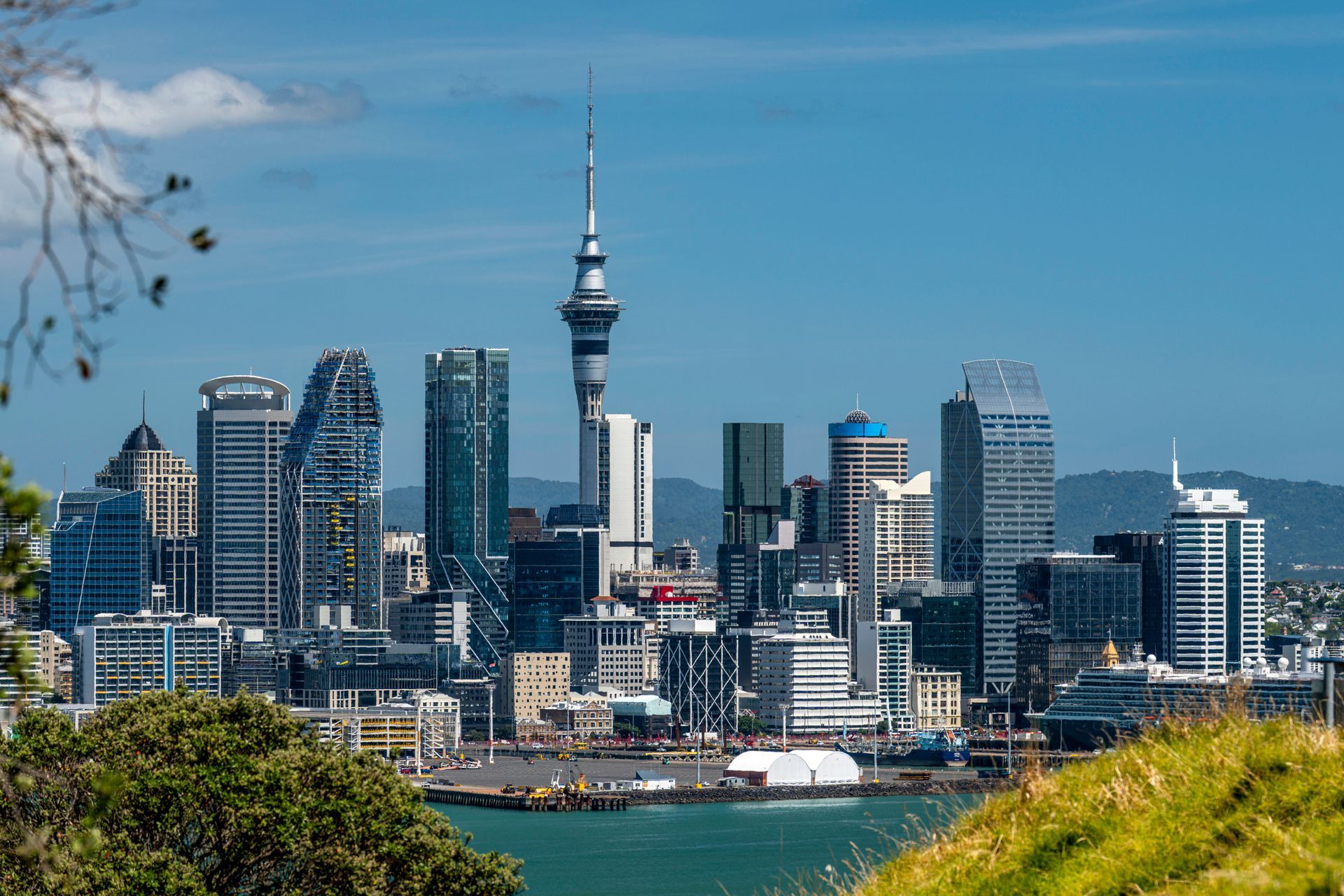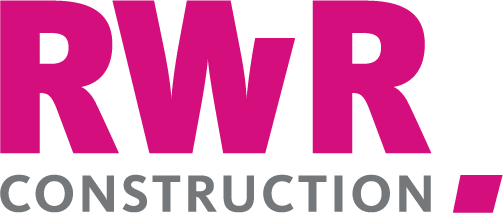Bridging New Zealand’s Infrastructure Gap: Key Takeaways for the Construction Industry
Bridging New Zealand’s Infrastructure Gap
New Zealand’s infrastructure is at a critical juncture. Decades of underinvestment, combined with the pressures of a growing population and climate change, have left the country facing a significant infrastructure deficit. The "Bridging the Infrastructure Gap" report by the Helen Clark Foundation and WSP highlights the urgent need for strategic, long-term planning and investment to address these challenges. Here’s a summary of the key findings from the report and what they mean for the construction industry in New Zealand.

The Infrastructure Deficit: A Growing Concern
New Zealand's infrastructure has not kept pace with the demands of its rapidly increasing population, which is projected to reach 6 million by 2043-2048. The report emphasizes that the country’s infrastructure—ranging from transport networks to water systems—is aging and struggling to meet current needs, let alone future demands. The failure to invest consistently in maintenance and renewal has led to widespread issues, including leaky water pipes, inadequate public transport, and congested roads(HCF Report - Bridging t…).
The report highlights that if the current investment levels continue, New Zealand could face a funding shortfall of up to $210 billion over the next 30 years. To address this, the construction industry will need to scale up significantly, with the workforce needing to grow by 140% to meet the projected demand (HCF Report).
Key Challenges: Political Instability and Cost Overruns
One of the significant barriers to progress identified in the report is the boom-bust cycle of investment driven by changing political priorities. Successive governments have frequently canceled or altered major infrastructure projects, leading to inefficiencies, increased costs, and delayed benefits. For example, the Auckland Harbour Bridge has been subject to decades of indecision, resulting in repeated planning and design efforts without substantial progress (HCF Report).
Additionally, the report underscores the issue of budget and time overruns, which are common in New Zealand’s infrastructure projects. High-profile projects like the City Rail Link and Transmission Gully have seen costs escalate far beyond initial estimates. These overruns not only increase the financial burden but also delay the delivery of essential infrastructure (HCF Report).
Financing the Future: Strategic Recommendations
To bridge the infrastructure gap, the report recommends several financing and funding strategies. A key suggestion is to move towards long-term debt financing supported by appropriate taxation and rates. This approach would allow the costs of infrastructure to be spread over time, making it more manageable for both central and local governments. The report also advocates for the use of public-private partnerships (PPPs) where appropriate, although it cautions that PPPs should be carefully structured to ensure they deliver value for money over the life of the project (HCF Report).
The report also highlights the need for a national population strategy to guide infrastructure planning. Understanding where and how the population will grow is crucial for making informed decisions about where to invest. This strategy should be supported by bipartisan political agreement to ensure continuity in investment across different government terms (HCF Report).
Implications for the Construction Industry
For the construction industry, these findings underscore the importance of adaptability and strategic planning. The industry will need to prepare for a significant increase in demand, particularly in urban areas expected to see the highest growth. There is also an opportunity for construction firms to engage more deeply in the planning process, advocating for stable and long-term infrastructure pipelines that can support sustained industry growth.
Moreover, construction companies should be aware of the potential for increased use of PPPs and other innovative financing models. Engaging with these opportunities will require a deep understanding of the financial and operational risks involved, but they also offer a pathway to securing large-scale projects that can drive business growth.
In conclusion, the "Bridging the Infrastructure Gap" report provides a comprehensive analysis of New Zealand’s infrastructure challenges and outlines a clear path forward. For the construction industry, embracing these recommendations will be crucial to not only addressing the current infrastructure deficit but also ensuring a resilient and prosperous future for New Zealand.
-
This blog post is based on findings from the "Bridging the Infrastructure Gap" report by the Helen Clark Foundation and WSP. For a detailed understanding of the challenges and recommendations outlined in the report, you can access the full document here.






Homegrown across New Zealand & Australia since 2001, RWR Group provides dedicated channel specific recruitment services. With 22 specialist recruitment agencies that consist of Retailworld Resourcing, RWR Executive Search, Hospoworld Resourcing, RWR Health and RWR Construction.
RWR Construction | All Rights Reserved 2024 | Privacy Policy | Sitemap






